A record-breaking superatomic semiconductor material allows particles to traverse it between 100 and 1,000 times faster than electrons pass through a silicon chip.


A record-breaking superatomic semiconductor material allows particles to traverse it between 100 and 1,000 times faster than electrons pass through a silicon chip.
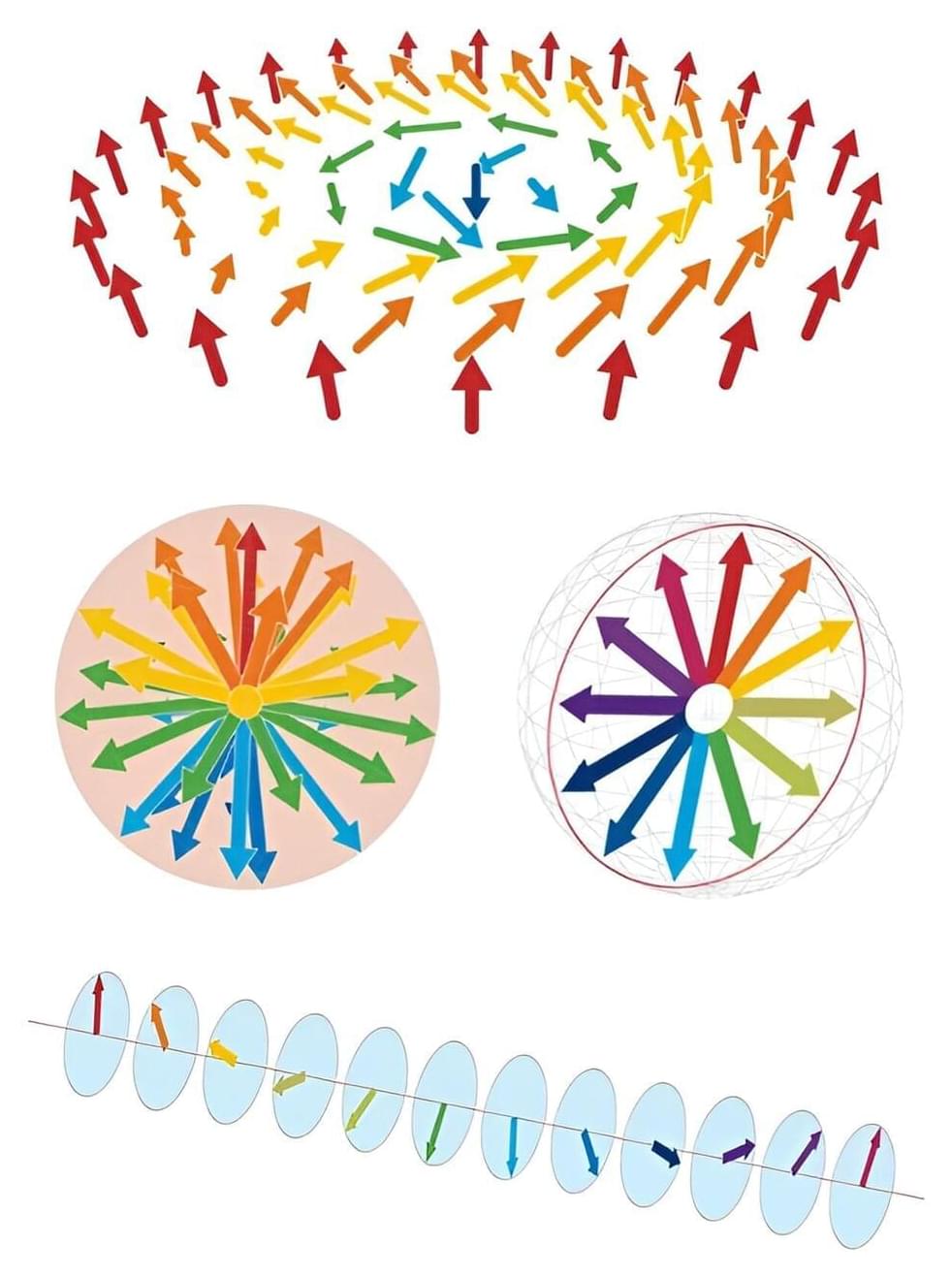
The diamond in an engagement ring, the wonder-material graphene and the lead in a humble pencil are all formed from carbon, but display profoundly different characteristics. Carbon materials such as these are among the most famous examples of how diverse properties can emerge in materials, based only on the rearrangement of the structure of atoms.
The goal of the RIKEN Center for Emergent Matter Science (CEMS) in Saitama, Japan, is to develop materials for new, energy-efficient technologies. The usual approach to synthesizing new materials involves looking for improved properties such as strength and durability, or enhanced conduction of electricity and heat.
But CEMS is pioneering an alternative approach that turns that standard approach on its head. First, we think of the properties needed for a new device, use data from RIKEN’s new repository and simulation platform to calculate the atomic structure that provides these features and then build the bespoke material.
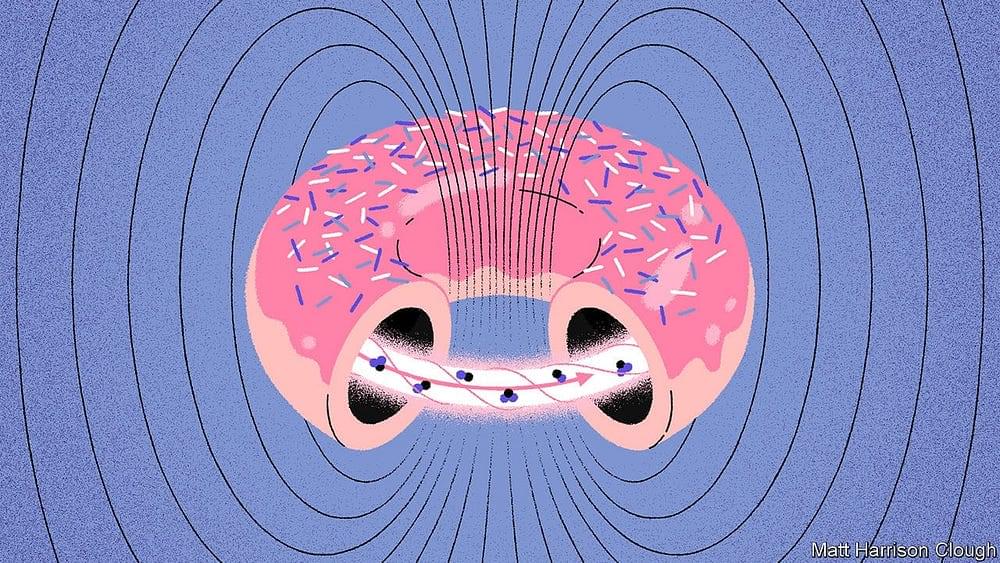
Nuclear fusion holds the promise to generate energy in a clean, safe, and nearly inexhaustible way. The physical idea of fusion involves confining fuels at unearthly temperatures of approximately 150,000,000 degree Celsius which fusion reactions between atomic nuclei can happen. The fuels of interest, deuterium and tritium (isotopes of hydrogen), exist in the state of plasma. Clearly, containing these extremely hot plasmas with solid walls is unfeasible.
A plasma is an ionised gas comprising charged particles, both ions and electrons. Fortunately, the dynamics of charge particles are subject to constraints along magnetic field lines. This insight forms the basis of our current approach: constructing a magnetic bottle using powerful magnetic fields that effectively trap the plasma along these intangible field lines.
One of the most iconic magnetic confinement machine designs is the tokamak — a toroidally-shaped device, often likened to a doughnut. The name ‘tokamak’ is derived from the Russian acronym for ‘to roidal cha mber with ma gnetic c oils.’
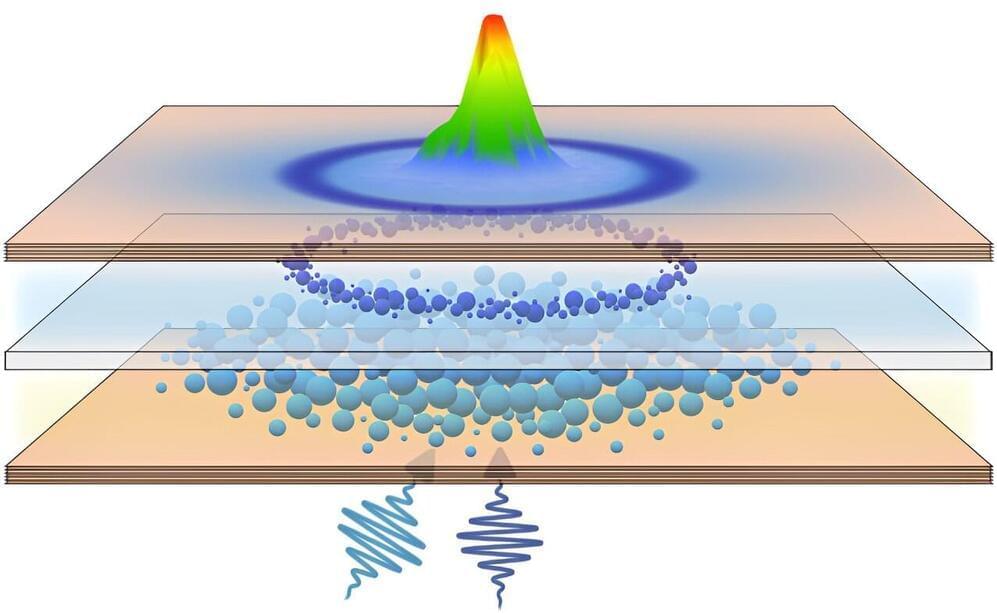
In a quantum leap toward the future of unconventional computing technologies, a team of physicists made an advancement in spatial manipulation and energy control of room-temperature quantum fluids of light, aka polariton condensates, marking a pivotal milestone for the development of high-speed, all-optical polariton logic devices that have long held the key to next-generation unconventional computing, according to a recently published paper in Physical Review Letters.
Polaritons, hybrid particles formed by the coupling of light and matter, are usually described as a quantum fluid of light that one can control through its matter component. Now, researchers have taken a monumental step forward by introducing a novel approach for active spatial control of liquid light condensates at room temperature.
What sets this development apart is the ability to manipulate polariton condensates without relying on the commonly utilized excitation profiles of polaritons. The scientists accomplished this feat by introducing an additional layer of copolymer within the cavity—a weakly coupled layer that remains nonresonant to the cavity mode. This seemingly simple yet incredibly ingenious move has opened the door to a wealth of possibilities.
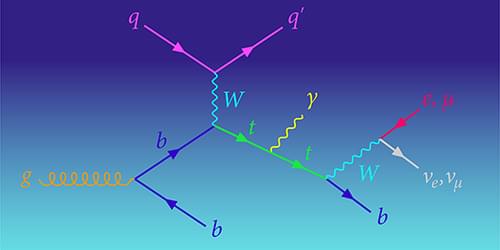
The Large Hadron Collider’s ATLAS Collaboration observes, for the first time, the coincident production of a photon and a top quark.
In the ever-evolving landscape of particle physics, a field that explores the nature of the Universe’s fundamental building blocks, nothing generates a buzz quite like a world’s first. Such a first is exactly what CERN’s ATLAS Collaboration has now achieved with its observation of the coincident production of single top quarks and photons in proton–proton collisions at the Large Hadron Collider (LHC) [1] (Fig. 1). This discovery provides a unique window into the intricate nature of the so-called electroweak interaction of the top quark, the heaviest known fundamental particle.
The standard model of particle physics defines the laws governing the behavior of elementary particles. Developed 50 years ago [2, 3], the model has—to date—withstood all experimental tests of its predictions. But the model isn’t perfect. One of the model’s biggest problems is a theoretical one and relates to how the Higgs boson gives mass to other fundamental particles. The mechanism by which the Higgs provides this mass is known as electroweak symmetry breaking, and while the standard model gives a reasonable description of the mechanism, exactly how electroweak symmetry breaking comes about remains a mystery.
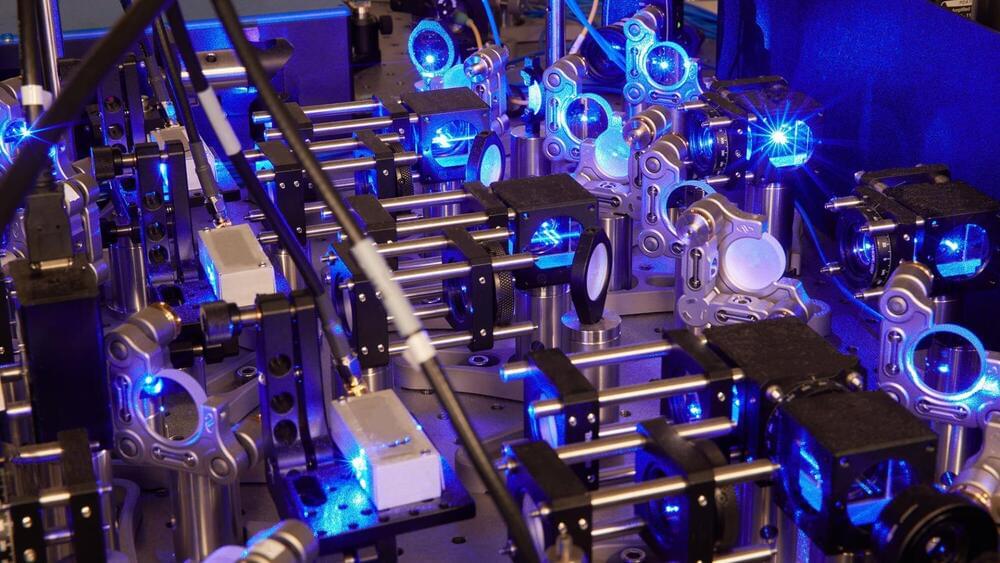
IBM’s announcement of a 1,000+ qubit computer is expected in the next few weeks but the startup might be a few leaps ahead.
Boulder, Colorado-based Atom Computing has beaten tech giant IBM in developing a quantum computer with more than 1,000 qubits. This next-generation quantum computing platform will be available for interested users next year, a company press release said.
Developments in quantum computing have become a race of sorts as businesses from different parts of the world are looking to take the lead in this next frontier of technology. Giants such as Microsoft, Google, and IBM have been working on developing their versions of the complex computer in a domain that is equally accessible to startups.
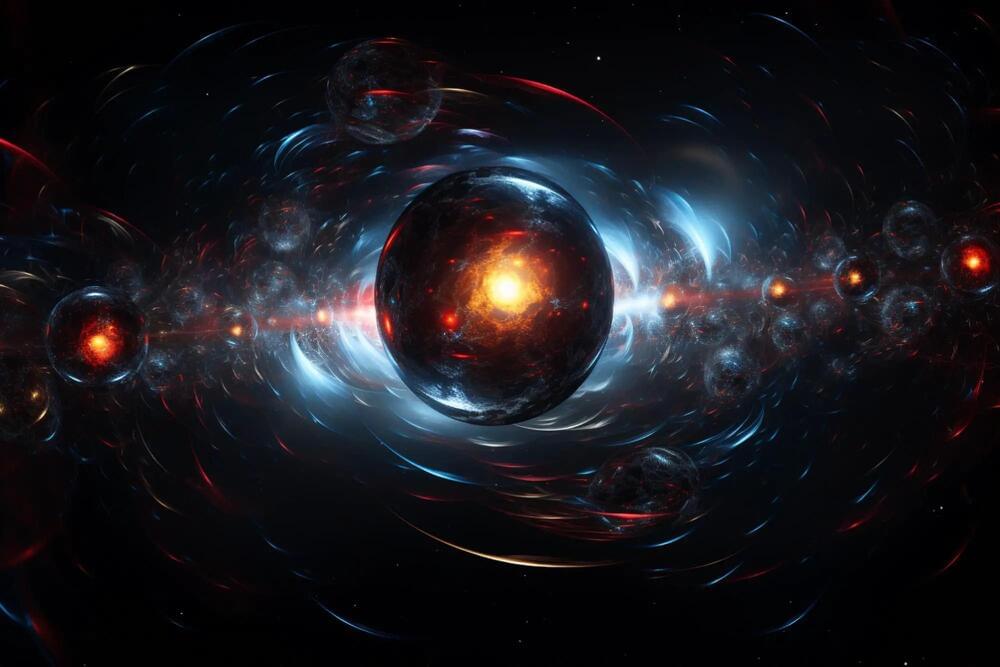
Aalto University researchers will probe the secrets of dark matter using a quantum detector of unprecedented sensitivity.
In the vast darkness of the cosmos lurks an invisible kind of matter. Its presence is seen in the rippling ebb and flow of galaxies, but it’s never been directly observed. What secrets lie beneath the surface, brewing in the deep?
Physicists have long theorized about the composition of dark matter, which is thought to be five times more abundant than regular matter. Among competing hypotheses, one particle has emerged as a promising candidate: the axion.
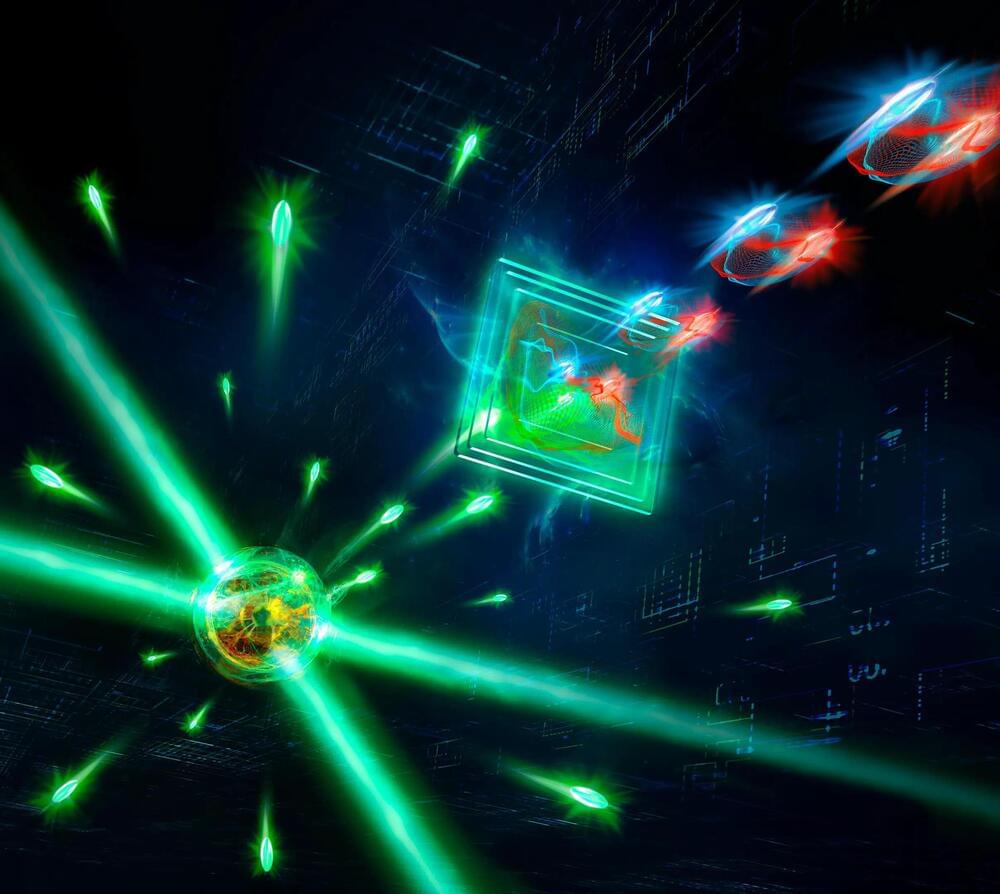
Researchers at the Humboldt University of Berlin, partners of the DAALI project, have demonstrated a surprising effect present in the fluorescent light of a single atom.
An atom is the smallest component of an element. It is made up of protons and neutrons within the nucleus, and electrons circling the nucleus.
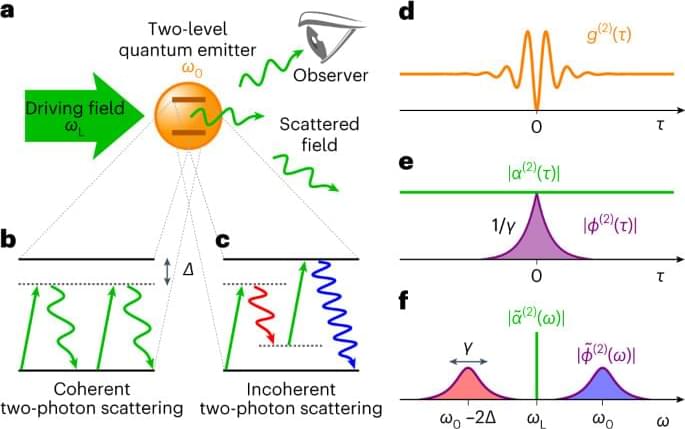
The incoherent component of the fluorescence from a single two-level atom is investigated after rejecting the coherent component. Contrary to intuition, its photon statistics experimentally shows strong photon bunching. This result suggests that the atom does in fact simultaneously scatter two photons.
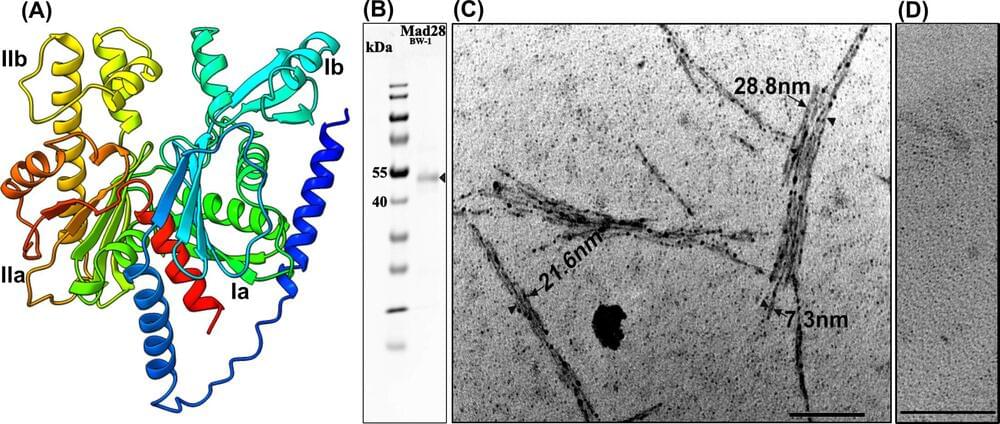
A German-French research team led by Bayreuth microbiologist Dirk Schüler presents new findings on the functionality of proteins in magnetic bacteria in the journal mBio. The research is based on previous results published recently in the same journal.
In this study, the Bayreuth scientists used bacteria of the species Magnetospirillum gryphiswaldense to decipher the function of genes that are presumably involved in the biosynthesis of magnetosomes in other magnetic bacteria that are difficult to access.
Magnetic bacteria contain magnetic particles consisting of nanocrystals of an iron mineral inside their cells. These organelle-like particles are known in research as magnetosomes. Like links in a chain, well over 20 of these particles are regularly lined up one after the other. The magnetic moments of the individual crystals add up so that the chain—similar to a compass needle—has the function of a magnetic sensor: It aligns the bacterial cell in the relatively weak magnetic field of the Earth.